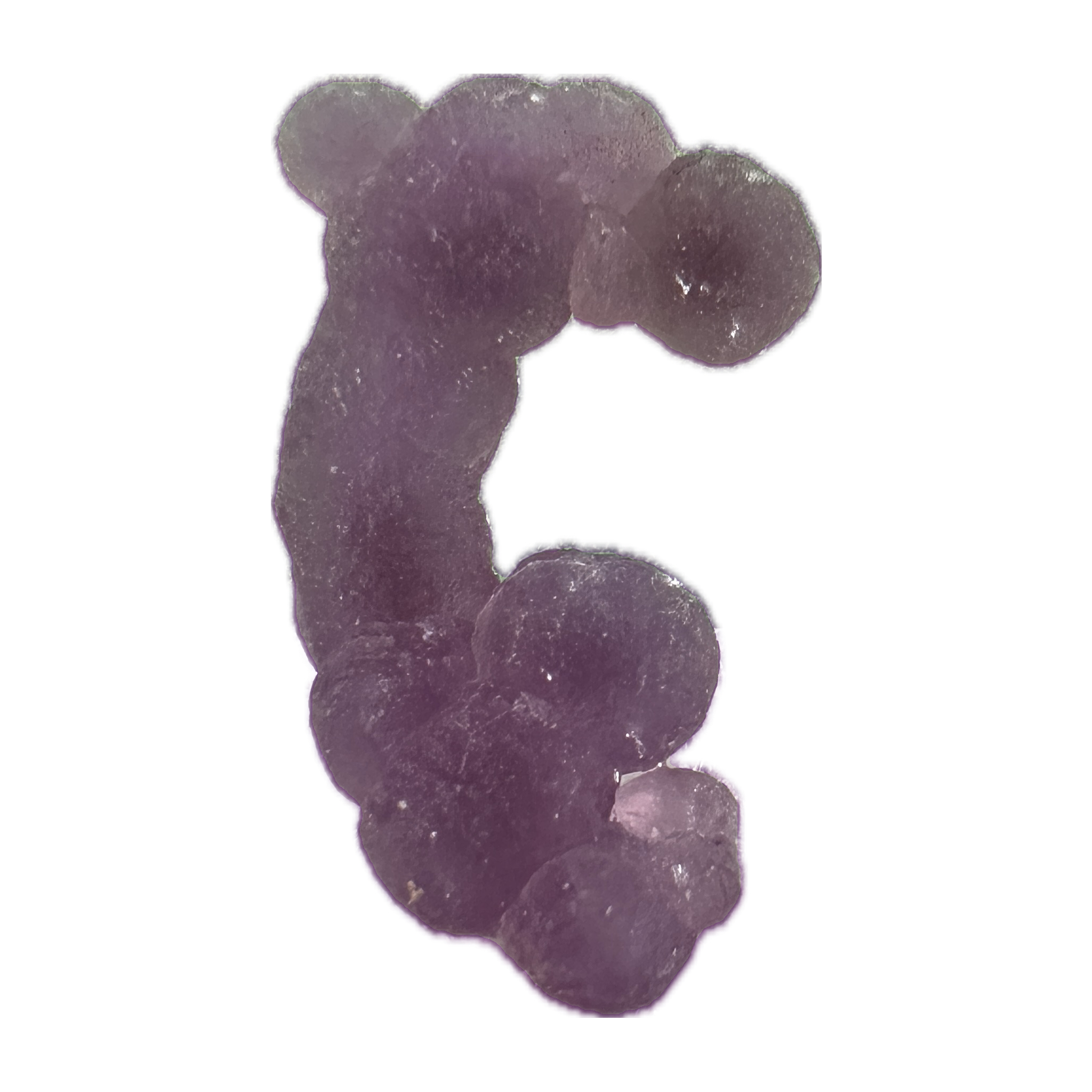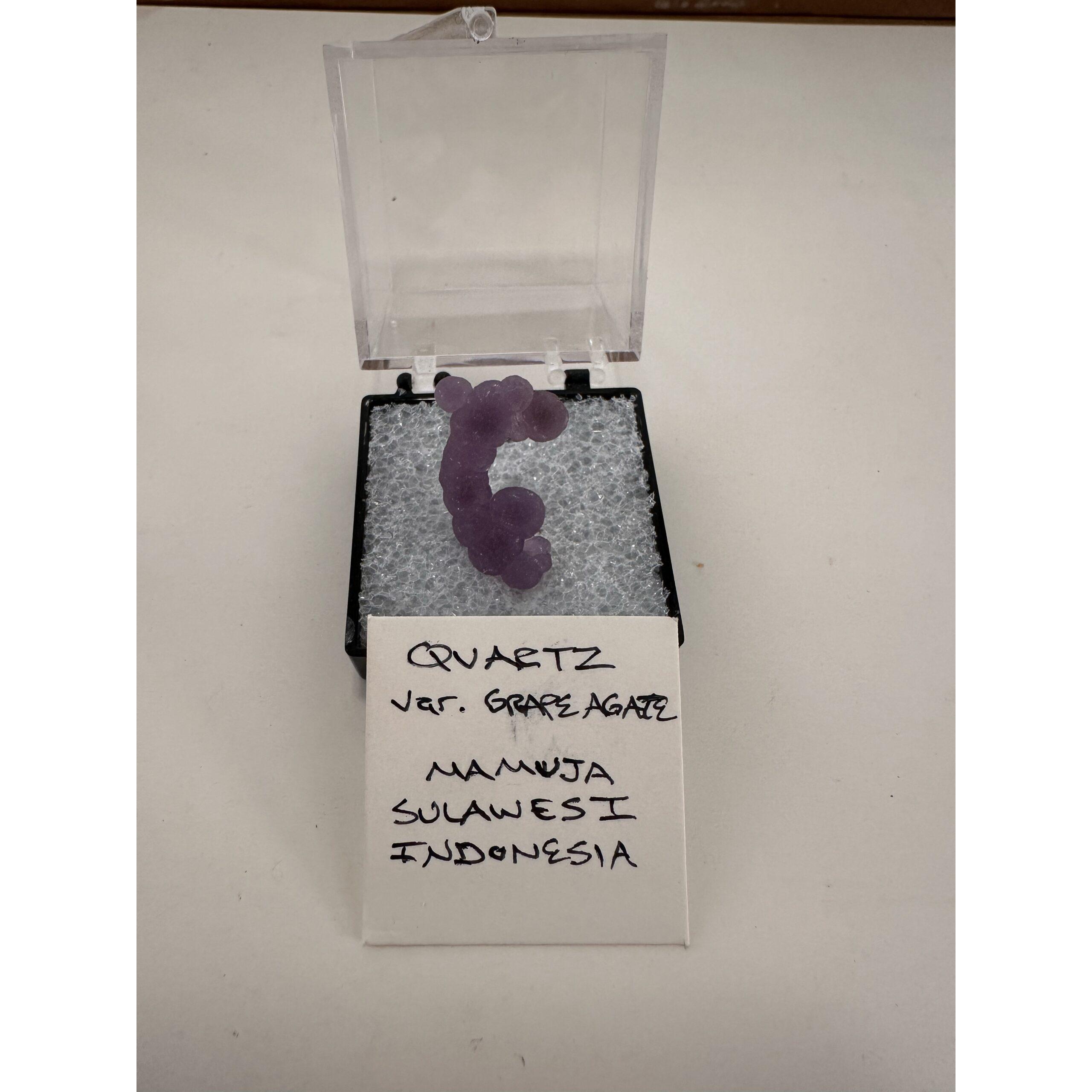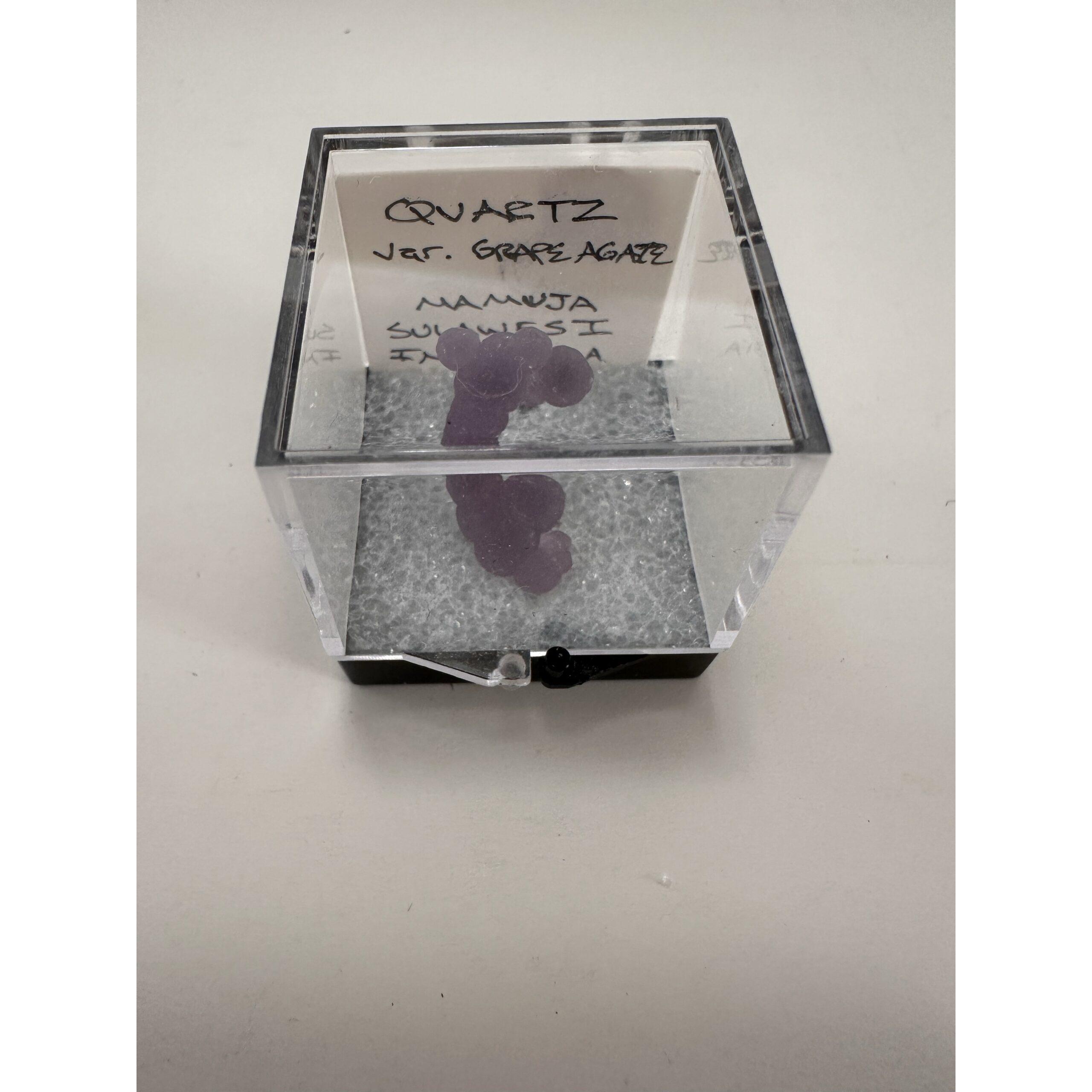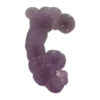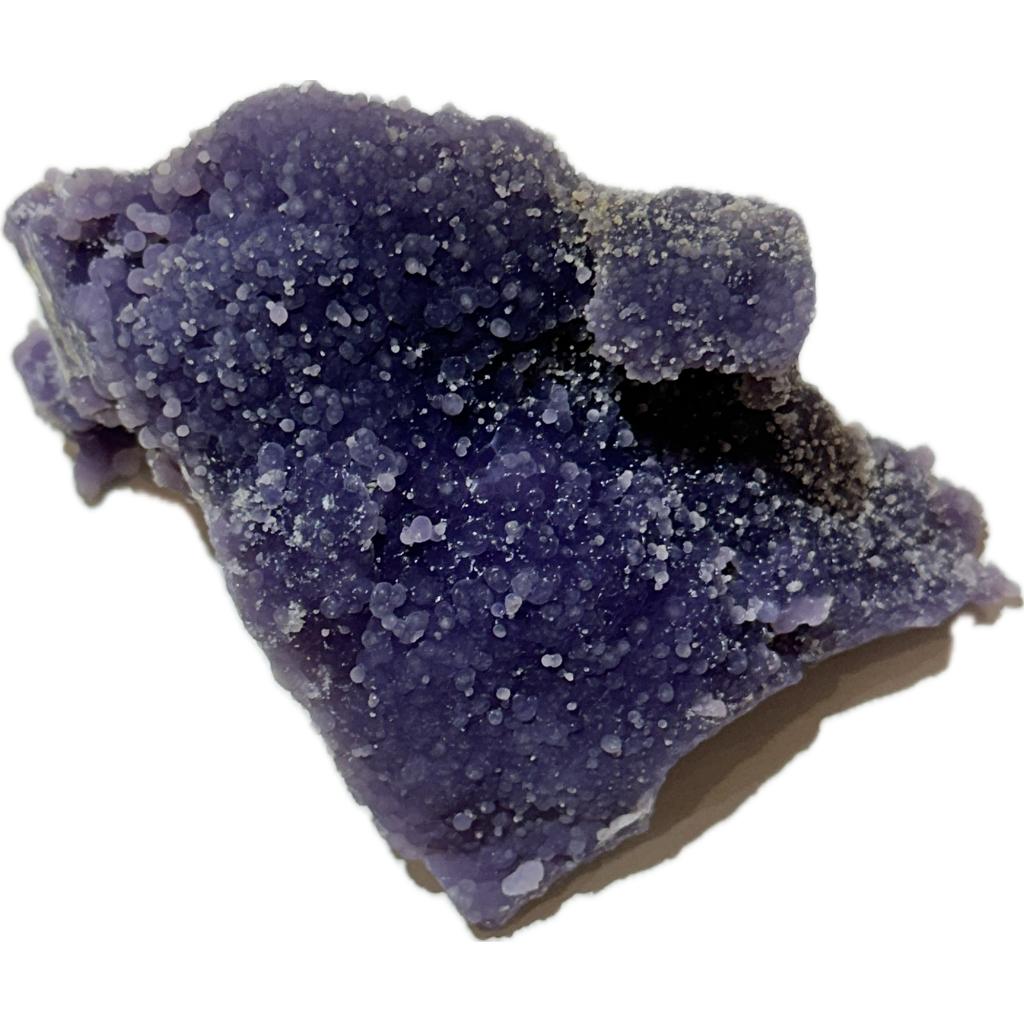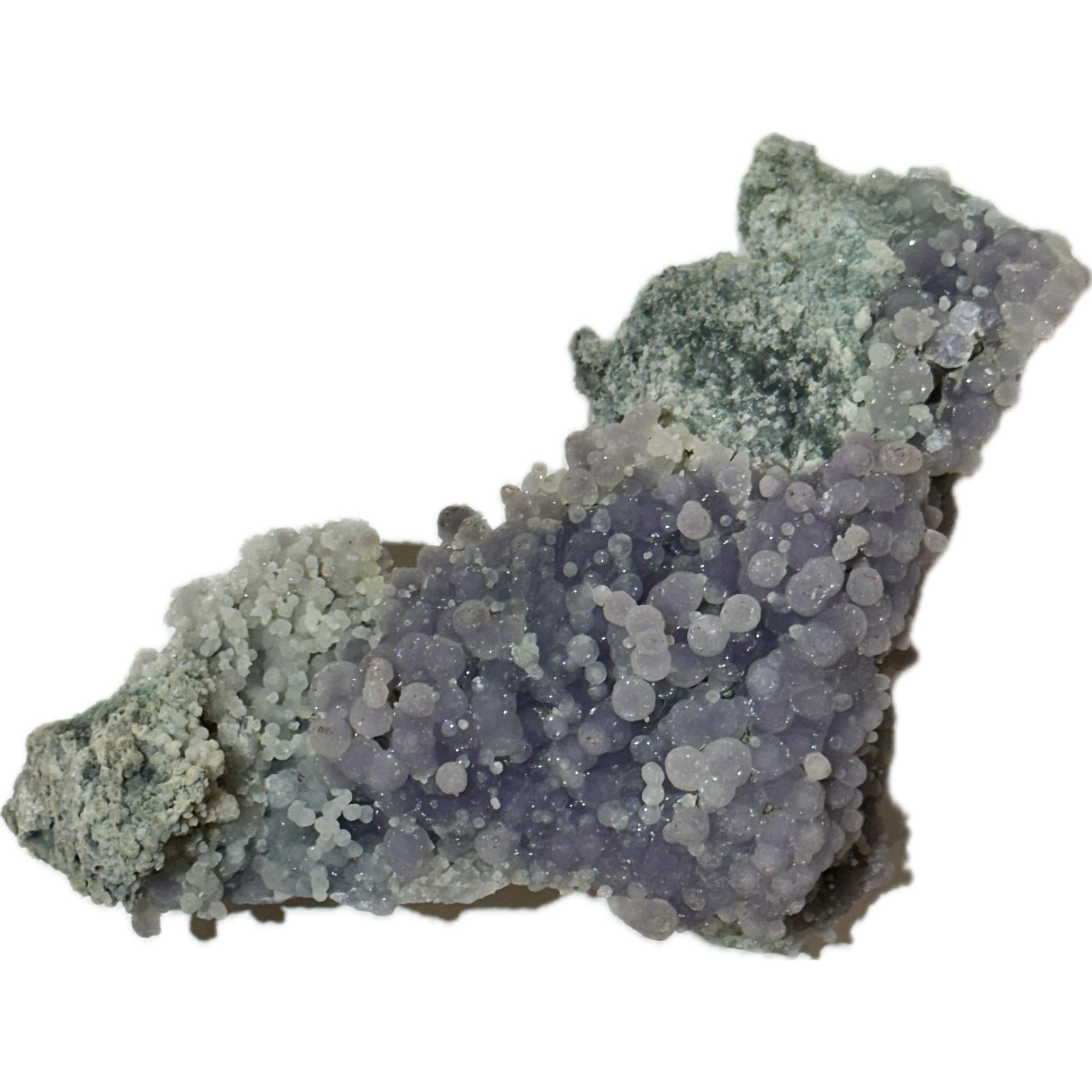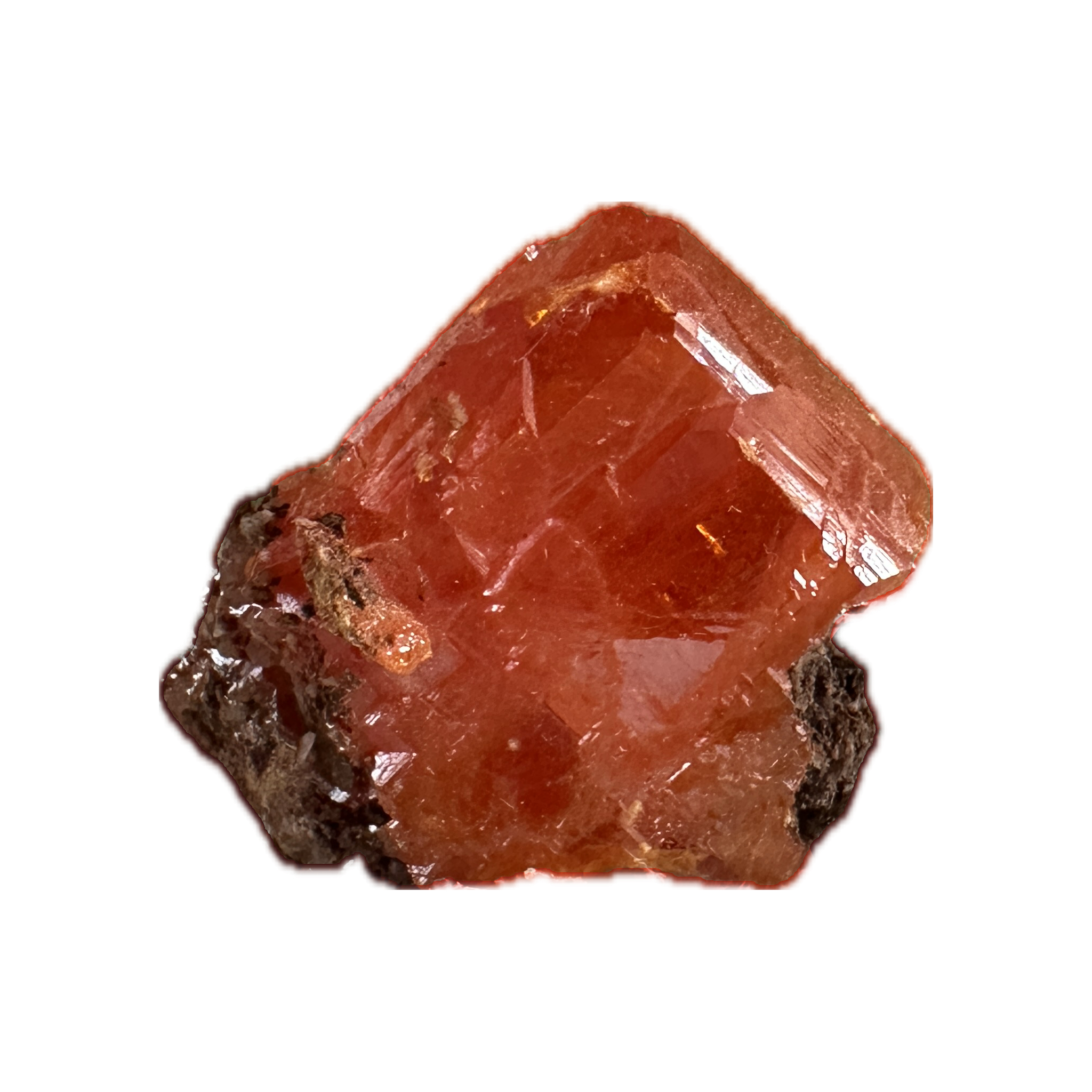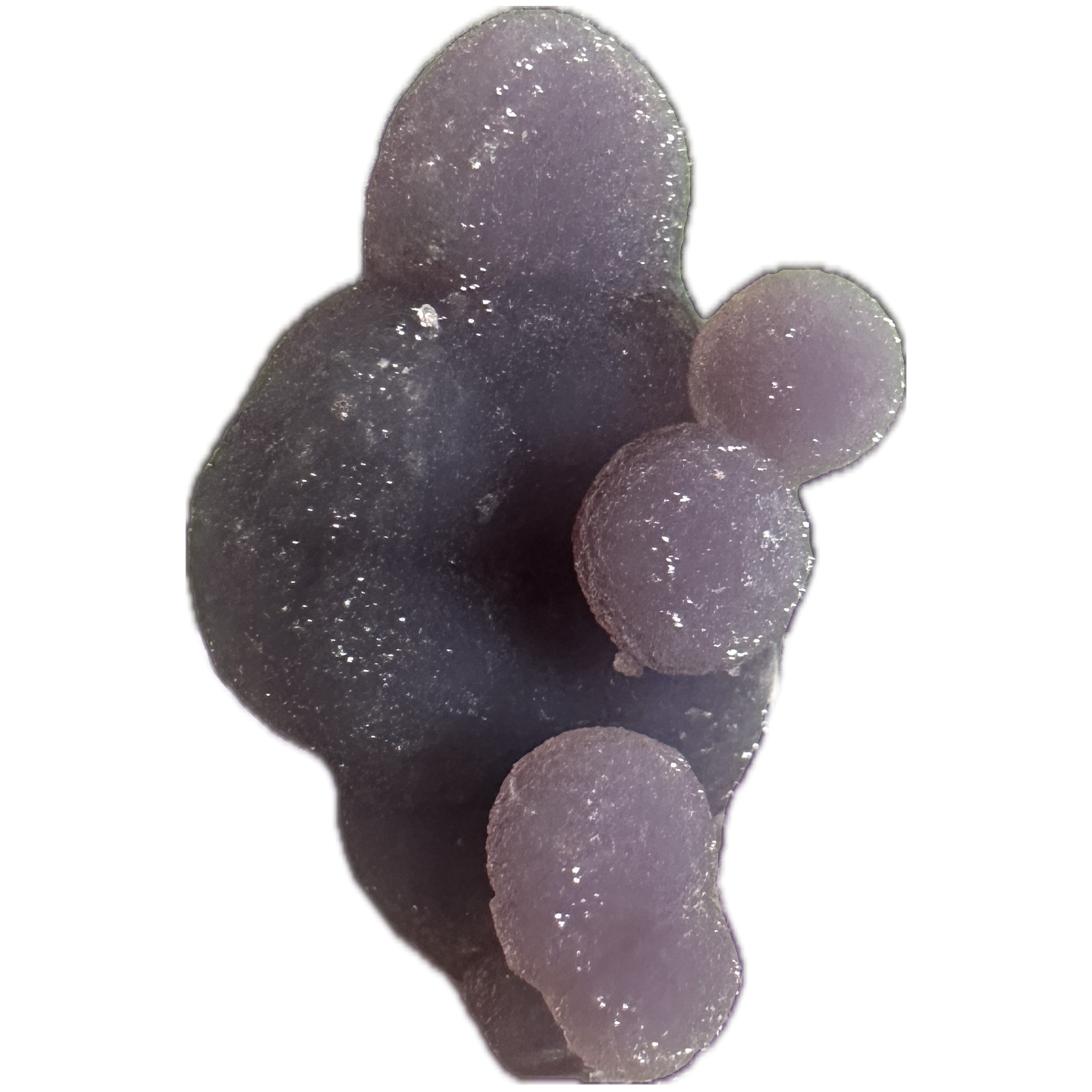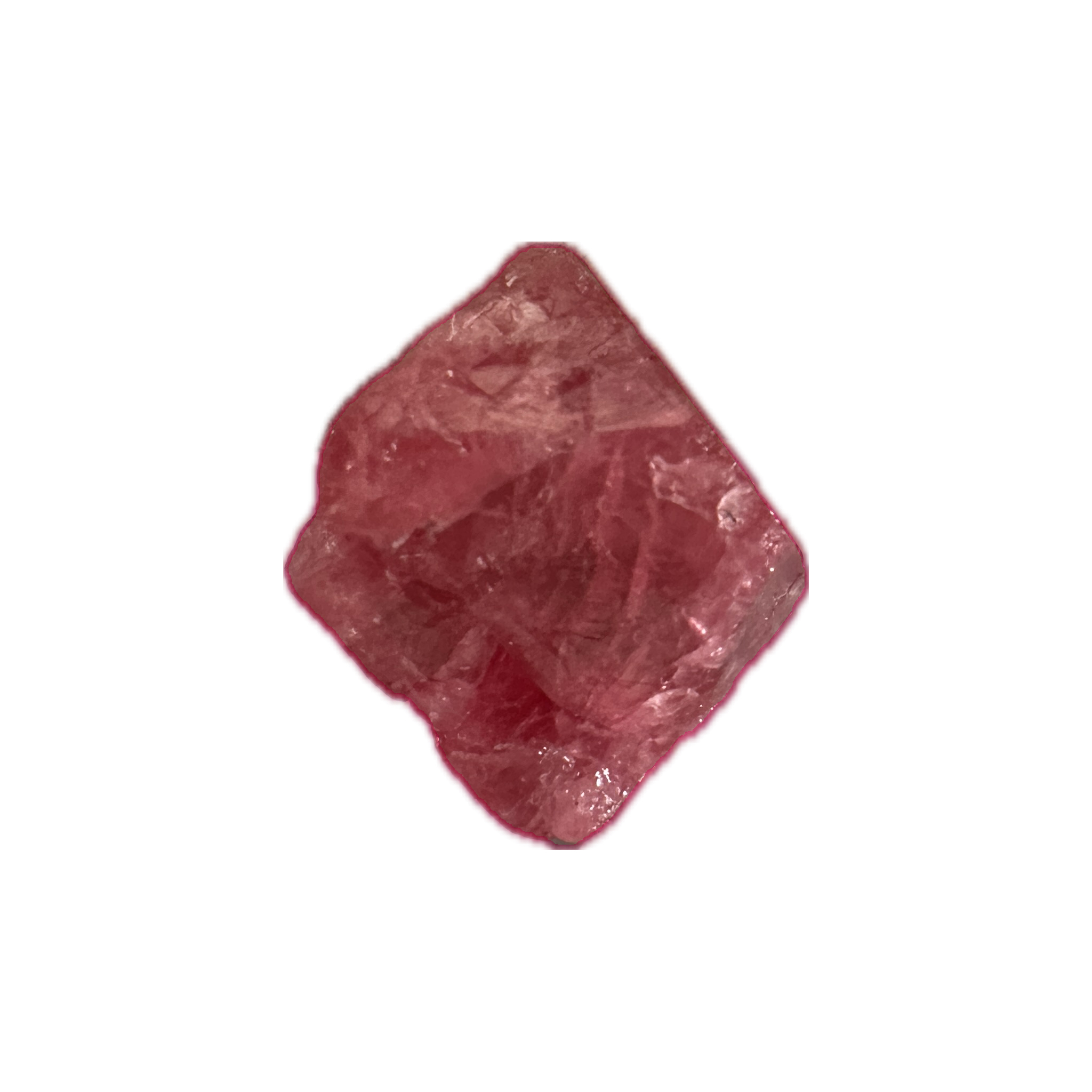Grape agate is a stunning and captivating gemstone that has gained popularity among collectors and jewelry enthusiasts for its unique appearance and metaphysical properties. Also known as “botryoidal agate,” grape agate is named for its resemblance to a cluster of grapes, with its spherical, bumpy formations. This gemstone is a type of chalcedony, which is a form of quartz, and is known for its soothing energy and beautiful colors.
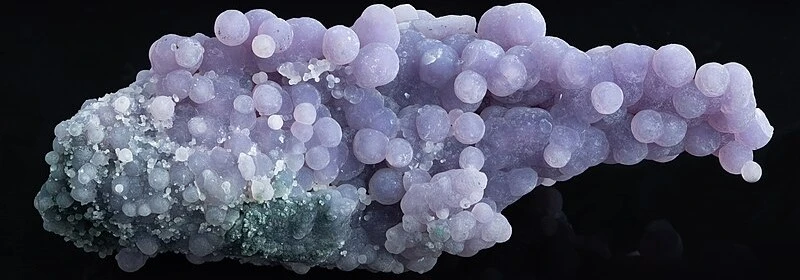
Formation and Characteristics
Grape agate is formed through a process known as botryoidal growth, where mineral crystals form in rounded shapes resembling clusters of grapes. This formation occurs when silica-rich fluids deposit layers of chalcedony around a central core, creating the distinctive grape-like appearance. The colors of grape agate range from pale lavender and lilac to deeper shades of purple, with some specimens also featuring hints of white, gray, or blue.
One of the most intriguing aspects of grape agate is its transparency, which allows light to pass through the gemstone, enhancing its beauty. The translucent quality of grape agate gives it a soft, ethereal glow that sets it apart from other types of agate.
The formation of grape agate is a fascinating process that involves a combination of geological factors. It is typically found in volcanic rock formations, where silica-rich fluids deposit layers of chalcedony over time. The spherical formations of grape agate are created as these layers build up around a central core, resulting in the distinctive grape-like appearance.
Where Grape Agate is Found
Grape agate is primarily found in Indonesia, specifically in the Mamuju area on the island of Sulawesi. The region is known for its unique geological formations, which have created the perfect conditions for the formation of grape agate. The gemstone is often found in volcanic rock formations, where it forms as a result of the interaction between silica-rich fluids and the surrounding rocks.
In addition to Indonesia, grape agate has also been found in other parts of the world, including Brazil, Mexico, and the United States. However, the Indonesian specimens are particularly prized for their exceptional color and quality.
Metaphysical Properties
In addition to its stunning appearance, grape agate is also believed to possess various metaphysical properties. It is often associated with healing and spiritual growth, with proponents claiming that it can help balance emotions, promote inner peace, and enhance intuition. Grape agate is also said to stimulate creativity and inspire new ideas, making it a popular choice among artists and writers.
Collecting and Displaying Grape Agate
Due to its unique appearance and limited availability, grape agate has become a highly sought-after gemstone among collectors. Specimens of grape agate are often displayed in collections or used in jewelry, where their beauty can be appreciated up close. The spherical formations and delicate colors of grape agate make it a striking addition to any collection, and its metaphysical properties add an extra layer of meaning for those who believe in its spiritual benefits.
Grape agate exhibits a range of colors, from soft pastel shades to deep, vibrant hues. The most common colors are shades of purple, ranging from light lavender to deep grape, but specimens can also display hints of white, gray, and blue. The variation in colors is due to the presence of trace minerals such as manganese and iron, which can create different shades and patterns within the stone.
Geological Significance
The formation of grape agate is closely tied to volcanic activity, as it is typically found in volcanic rock formations. The gemstone forms when silica-rich fluids deposit layers of chalcedony around a central core, which can be a mineral inclusion or a void left by a decomposed mineral. This process can take thousands or even millions of years, making grape agate a rare and valuable find.
Grape agate’s formation is a testament to the Earth’s geological processes and the intricate interplay of minerals and fluids over time. The gemstone’s unique botryoidal growth pattern is a result of specific conditions that are rarely replicated, making each grape agate specimen a unique and valuable piece of Earth’s history.
Healing Properties
In metaphysical circles, grape agate is believed to possess various healing properties. It is said to promote emotional healing and balance, helping to calm the mind and reduce stress and anxiety. Some also believe that grape agate can aid in physical healing, particularly in issues related to the nervous system and brain function.
Grape agate is associated with the crown chakra, which is located at the top of the head and is associated with spiritual connection and enlightenment. By aligning with the crown chakra, grape agate is believed to enhance spiritual growth and deepen one’s connection to the divine. It is also said to help balance the other chakras, promoting overall harmony and well-being.
Many people believe that grape agate can help enhance their spiritual connection and promote a sense of calm and balance in their lives. Whether used in meditation or worn as jewelry, grape agate is thought to encourage introspection and self-discovery, helping individuals tap into their inner wisdom and intuition.
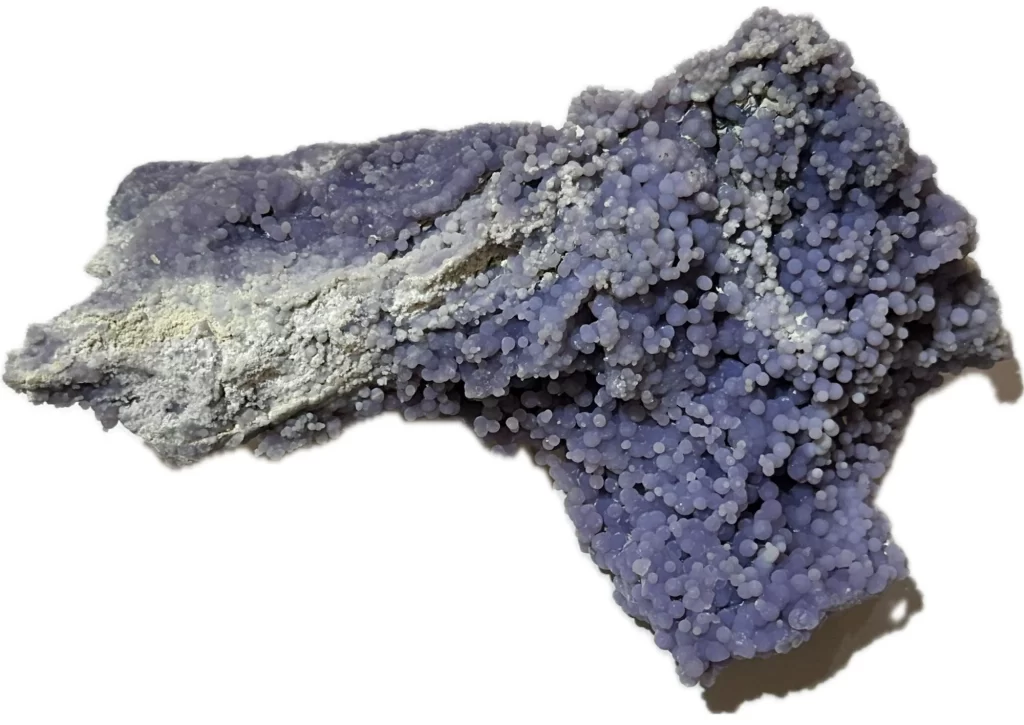
Jewelry and Fashion
Grape agate’s unique appearance and soothing energy make it a popular choice for jewelry designers. It is often used in pendants, earrings, and rings, where its delicate colors and botryoidal formations can be showcased. Grape agate jewelry is prized for its beauty and metaphysical properties, making it a meaningful and stylish accessory.
Due to its limited availability and unique appearance, grape agate is considered a rare and valuable gemstone. High-quality specimens with vibrant colors and well-defined botryoidal formations are particularly prized by collectors and can command high prices on the market. The scarcity of grape agate adds to its allure and makes it a coveted addition to any collection.
Ethical Sourcing
As with any gemstone, ethical sourcing of grape agate is an important consideration for conscientious buyers. It is important to ensure that the gemstones are mined and sourced responsibly, with minimal impact on the environment and fair treatment of workers. Many reputable jewelry retailers and suppliers adhere to strict ethical standards to ensure the integrity of their products.
The mining and extraction of gemstones, including grape agate, can have environmental impacts if not done responsibly. It is important for miners and suppliers to follow ethical and sustainable practices to minimize their footprint and ensure the long-term health of the ecosystems where grape agate is found. Supporting ethical sourcing practices can help protect the environment and support local communities.
Cutting and Polishing
Grape agate is typically cut and polished to enhance its beauty and reveal its unique patterns and colors. The gemstone is often shaped into cabochons, which are polished but not faceted, to preserve the natural contours of the stone. Cabochons of grape agate can be used in jewelry or displayed as specimens, where they showcase the gemstone’s natural beauty.
Like all gemstones, grape agate requires proper care and maintenance to preserve its beauty and integrity. To clean grape agate jewelry, simply use a soft cloth or brush with warm, soapy water, avoiding harsh chemicals and ultrasonic cleaners. It is also important to store grape agate away from other gemstones to prevent scratching and damage.
Cultural Significance
Throughout history, gemstones have held cultural and symbolic significance in various cultures around the world. While grape agate is a relatively new discovery in the world of gemstones, it has quickly gained popularity for its beauty and metaphysical properties. In some cultures, grape agate is believed to bring luck, prosperity, and protection to those who wear it, making it a cherished and meaningful gemstone for many.
Prehistoric 101 (Learn about fossils, minerals, and meteorites)
Learn: Agate
Discovering Prehistoric Life and Fossils

